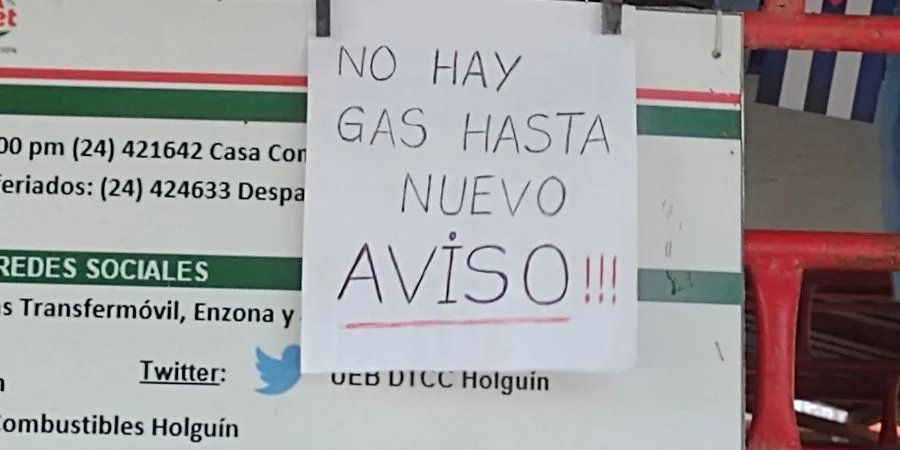Last Thursday the Senate approved the reform to the Federal Labor Law (LFT) to regulate the work on digital platforms and thus recognize the employment relationship between the apps and delivery men and drivers. With this, the regulation concluded its legislative process.
The reform incorporates rules to the application work model, as criteria for full access to the social security and labor rightsor rules for the payment of PTU.
These are some of the changes proposed by the labor reform working in applications:
1. When does it come into effect?
Once the reform is promulgated in the Official Gazette of the Federation (DOF), will take effect 180 days later of its publication. After this, the Technical Council of the Mexican Social Security Institute (IMSS) will have five days to publish the general rules for the affiliation of delivery people and drivers, and once this is done, the social security authority will have 180 days to carry out a pilot program mandatory insurance.
2. Social security and labor rights
It is established that people who generate income equivalent to a minimum wage per month they will have the right to full social security and labor rights. All workers, regardless of income level, will be protected against accidents during actual work time.
Employers must register workers on digital platforms with the IMSS, and, if applicable, determine, retain and pay the payment of worker-employer quotas.
3. Work flexibility
Due to the nature of work on digital platforms, the new regulation indicates that this will primarily be flexible and discontinuousso it will be understood that there is an employment relationship during the time actually worked by the platform worker, which will be understood from the moment the employee agrees to provide a task, service, work, or work on the platform, until the moment in which that said benefit ends.
People who work on applications will have the freedom to choose the time you workthe times in which they connect and the number of digital platforms on which they wish to provide services.
4. Algorithm management policy
The rules for the assignment of tasks, services, works or jobs, through algorithms They must be transparent, clear and known by all workers on digital platforms.
An algorithm will be understood as the use of decision making systems that allow the exercise of command and supervision over the digital platform worker in an automated or analogous manner.
The algorithmic management policy It will form part of the platform employment contract and must be known by all workers at the beginning of the employment relationship. The algorithm must be reasonable in its requirements and elements, taking into account the work conditions and not put the health and integrity of the worker at risk.
5. Obligations of workers
The reform establishes special obligations for workers on platforms such as: conduct themselves in accordance with the provisions regarding safety and health at work, road safety and those determined by the employer; take care in preserving mandated deliveries or services; as well as fulfill the agreed tasks.
The delivery men and drivers apps They must respect the mechanisms and systems of the digital platforms for the connection tracking and the hours worked, and where appropriate for communication with the application; comply with data protection policies and restrictions on its use; refrain from discrimination and sexual harassment practices or other related acts.
6. Rule for payment of PTU
The Federal Labor Law recognizes the right of temporary workers to participate in the profits of companies as long as they have worked at least 60 days during the year. This is the starting point for the OCT rules in working by applications.
Digital platform workers will have right to OCT when they accumulate 288 effective hours of work in a year. The criterion derives from an estimate by the Ministry of Labor and Social Welfare (STPS), the factor 0.75 of effective work hours.
According to the STPS, application workers have an average of 45 effective minutes of work per hour; that is, a factor of 0.75 hours actually worked. If this factor is equated to a traditional eight-hour work day, the effective time worked is six hours per day, 36 hours per week and 144 per month. Applying the criterion of the temporary workers288 hours are equivalent to two months of work.
















